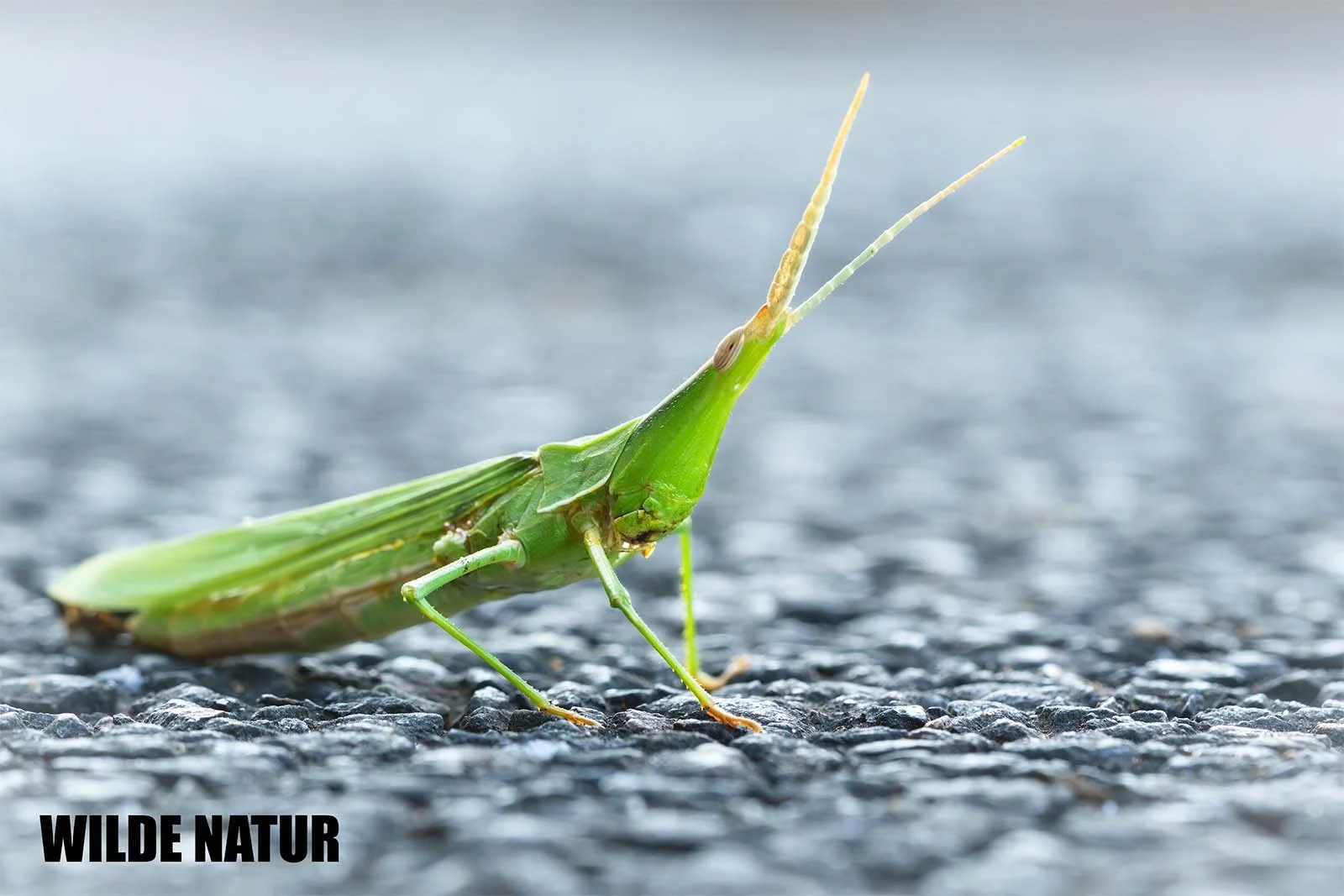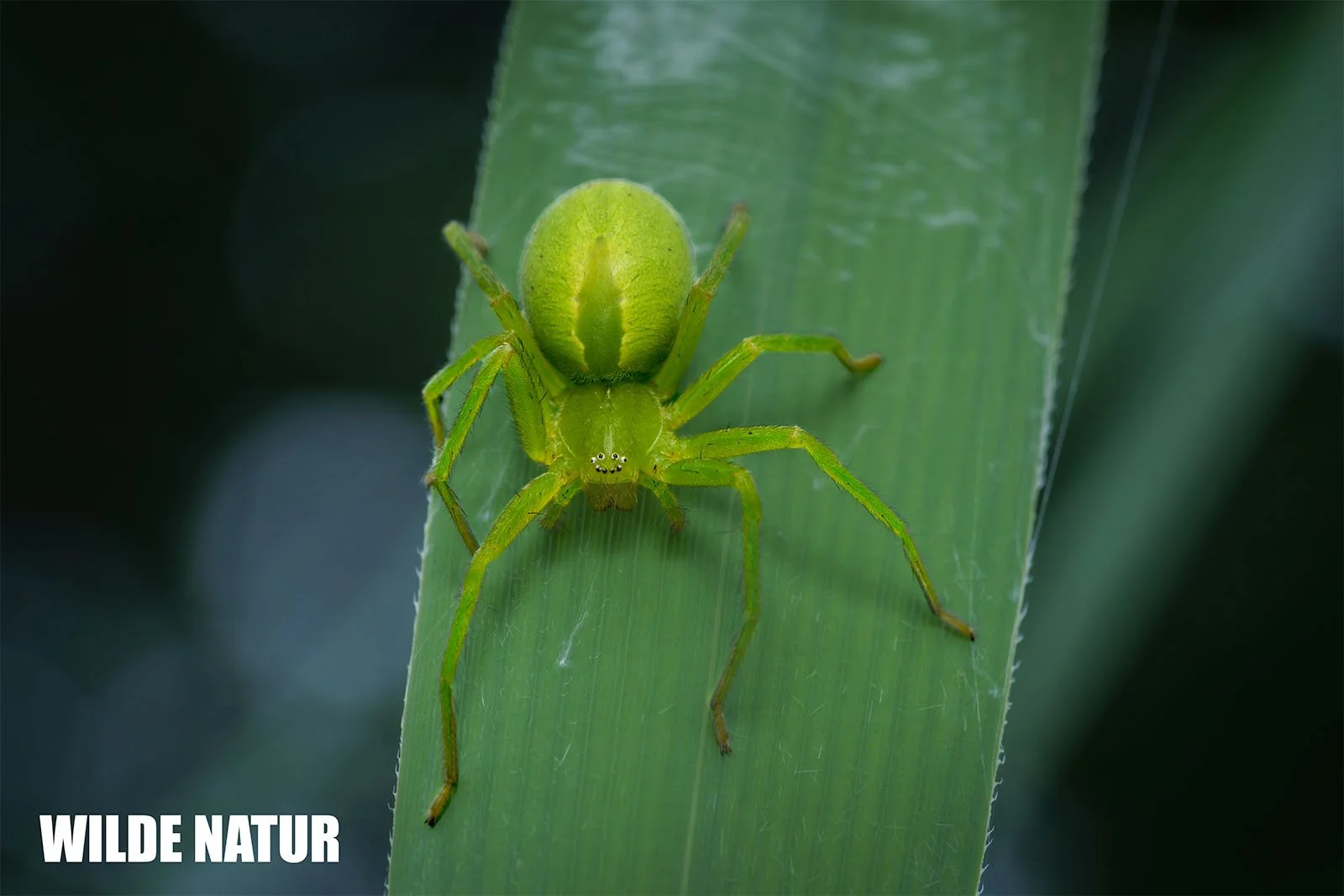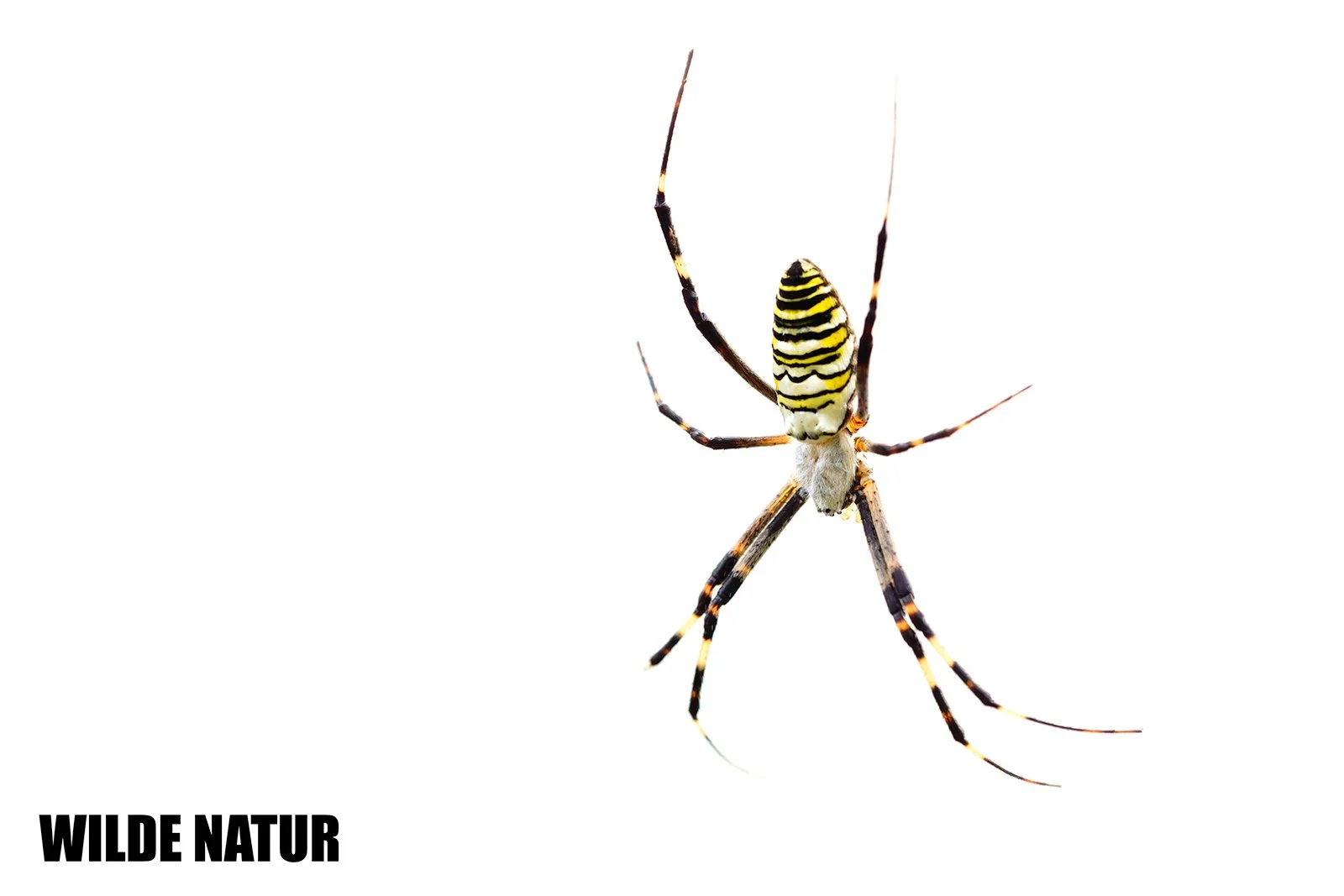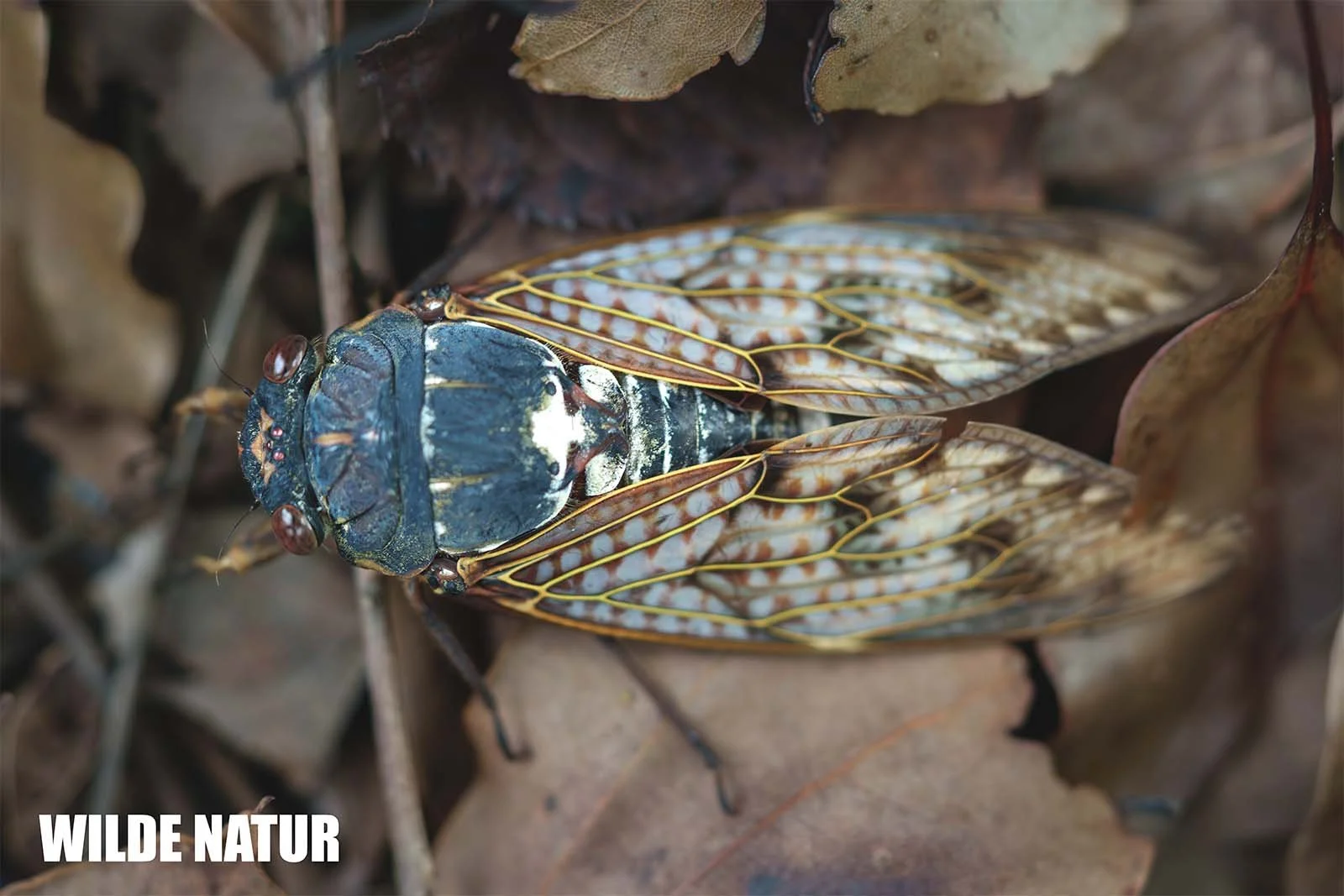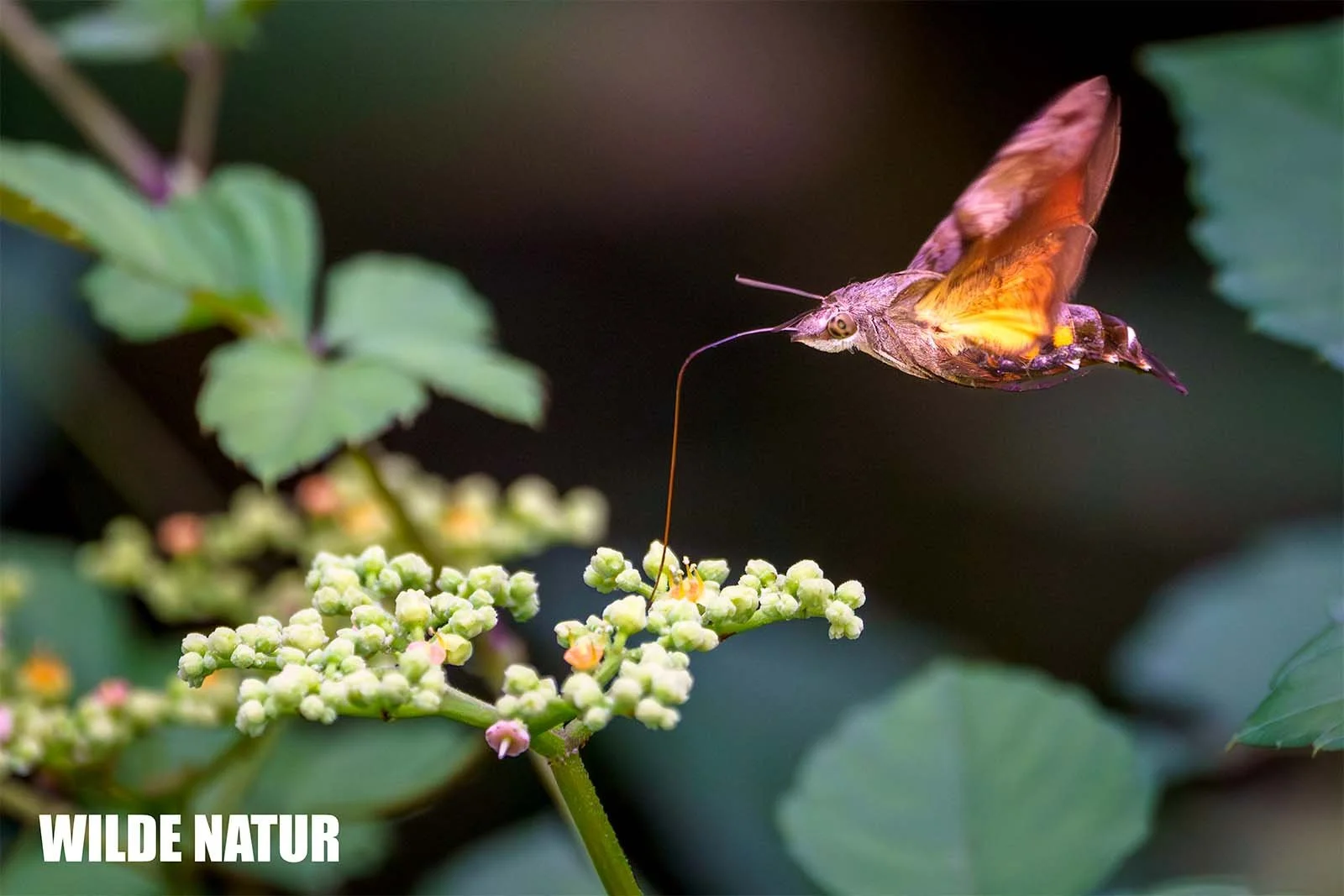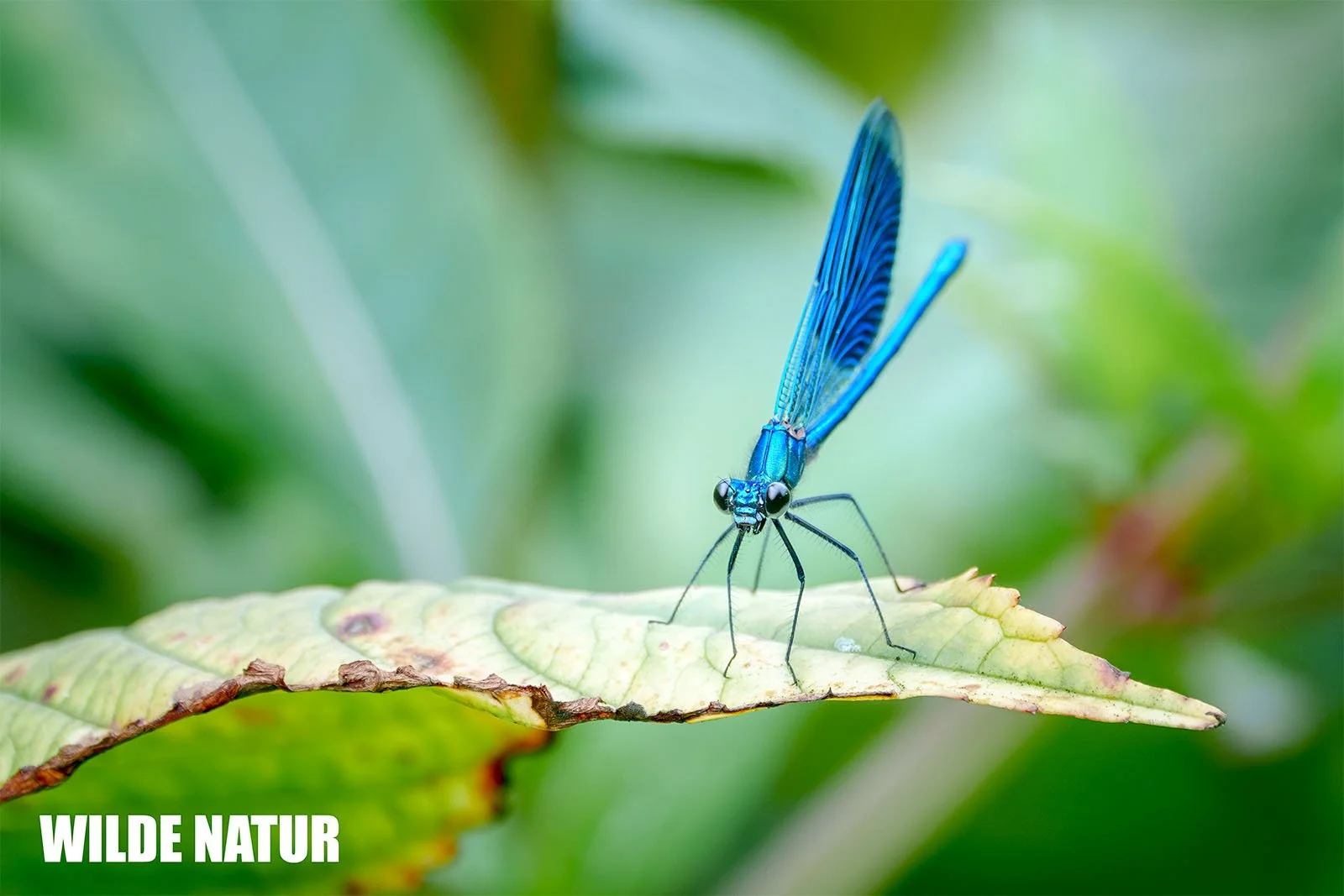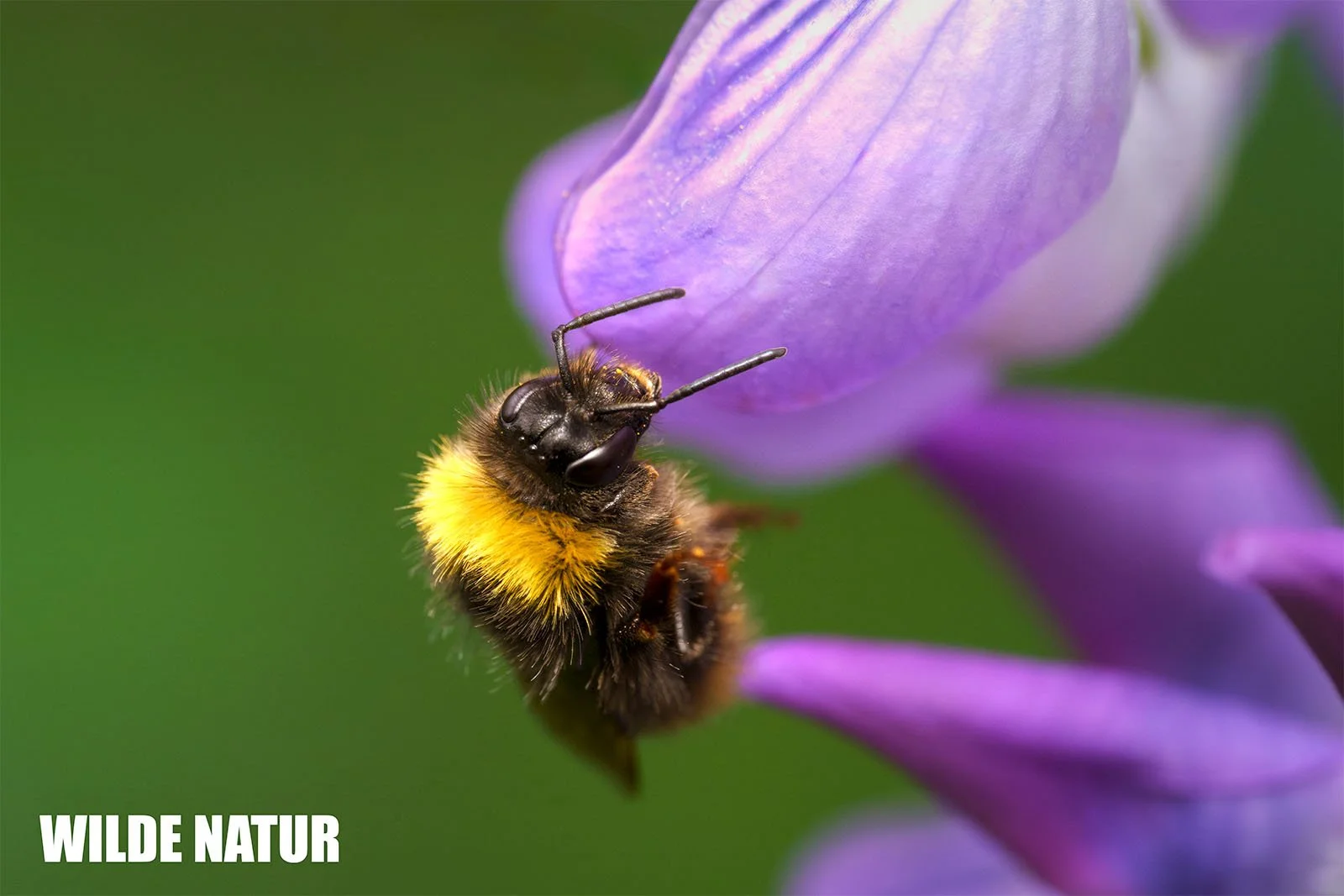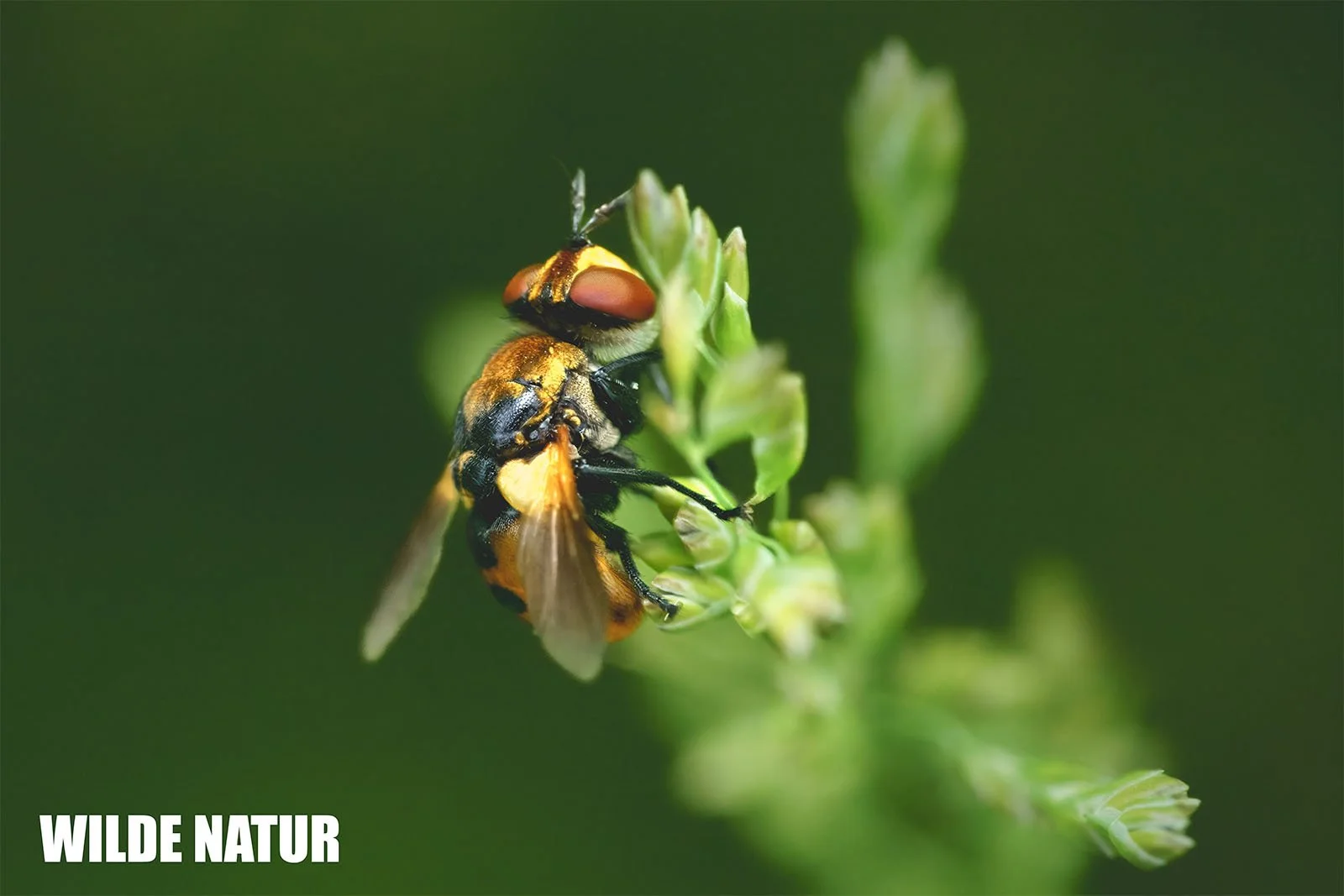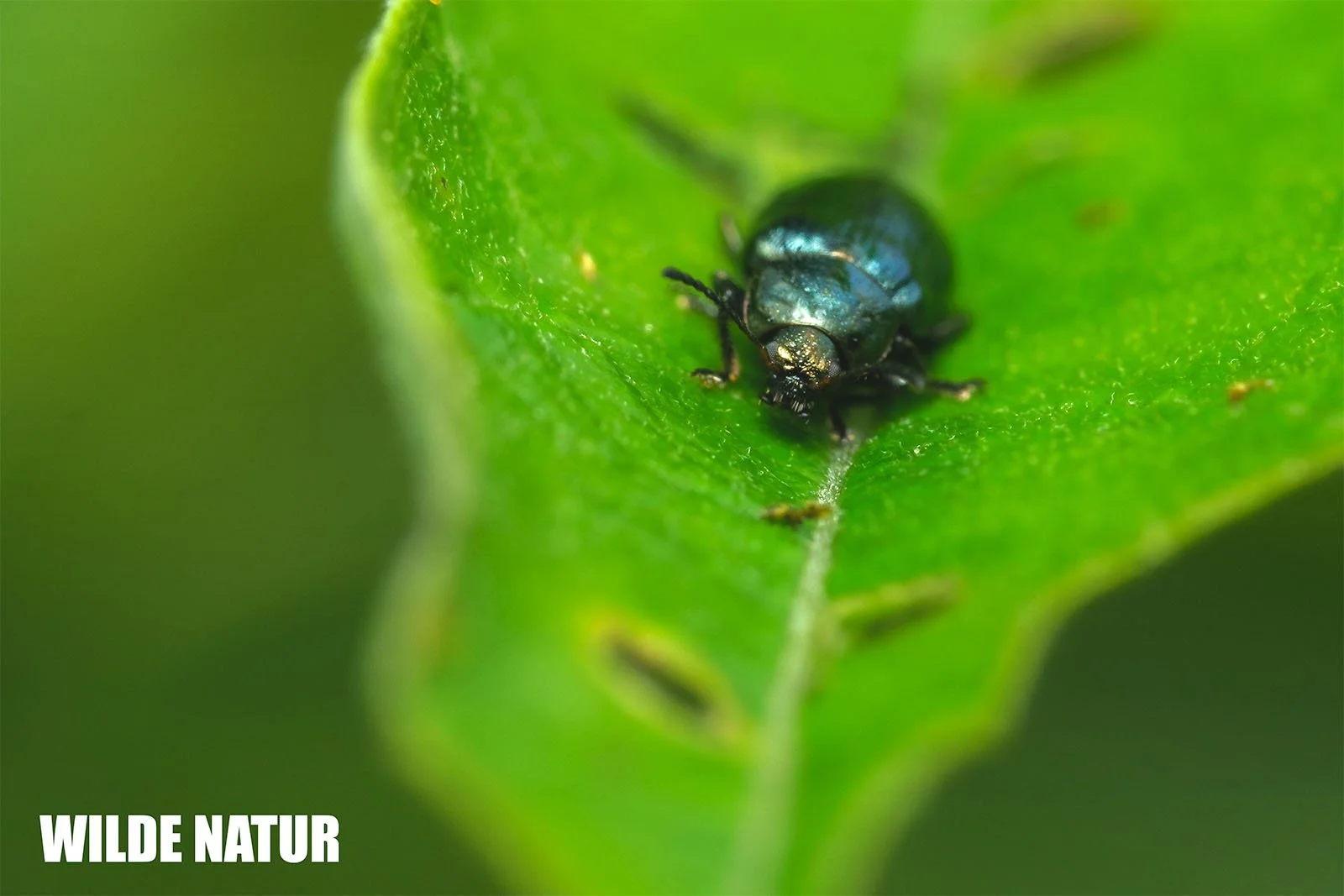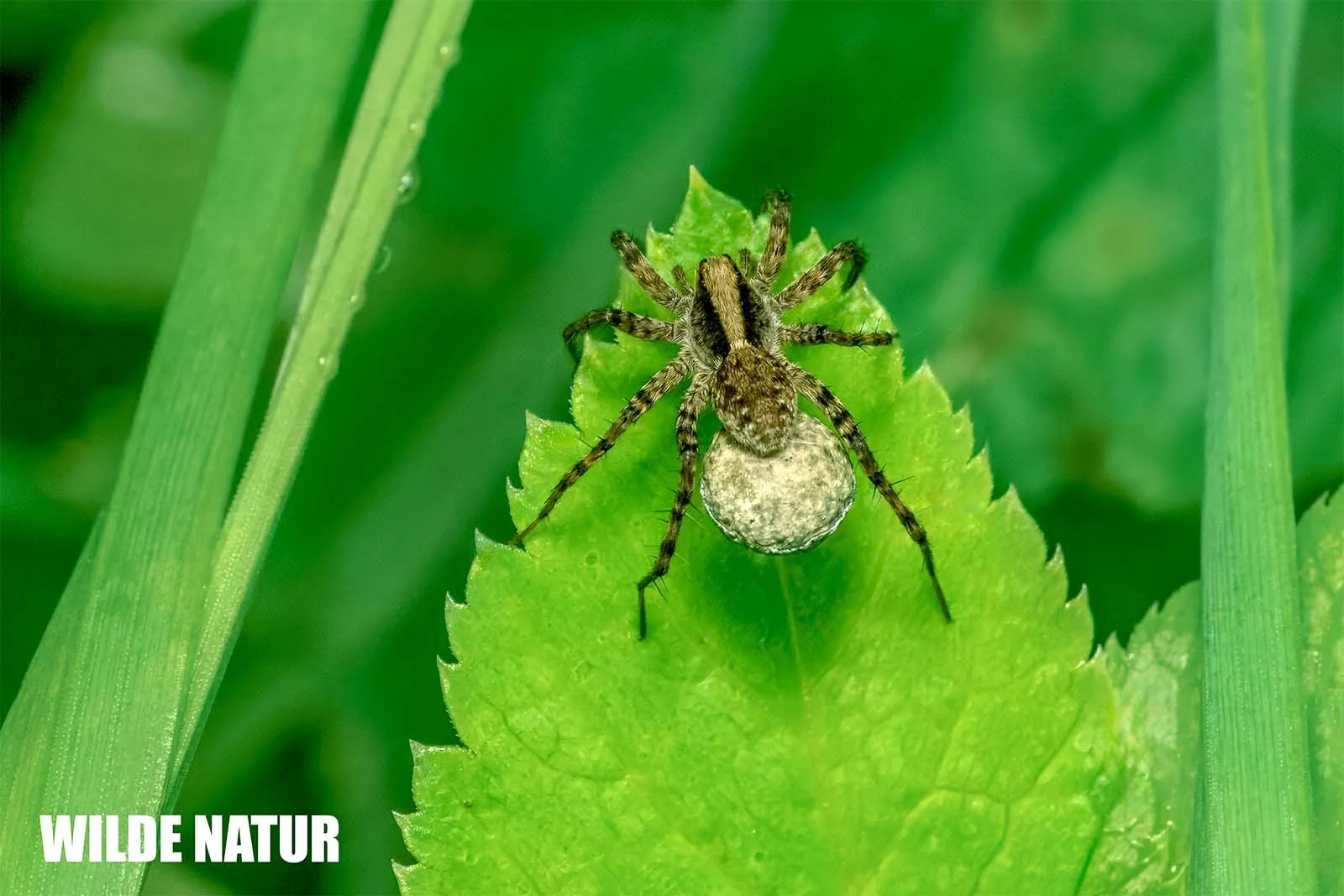Common Snouted Grasshopper (Acrida ungarica)
Common Snouted Grasshopper (Acrida ungarica)
Snouted Grasshopper (Acrida ungarica): The Master of Camouflage on Dry Meadows
The common snouted grasshopper (Acrida ungarica) is a perfectly camouflaged specialist of dry grasslands. Discover everything about its appearance, behavior, and distribution.
Key Facts
- Body length: females 40–70 mm, males 25–45 mm
- Wingspan: up to 90 mm
- Diet: grasses, herbs
- Active period: July–October
- Overwintering: as eggs in the soil
- Habitat: dry grasslands, embankments, slopes
- Distribution: southern and southeastern Europe, warm regions of central Europe
- Scientific name: Acrida ungarica
- Common name: Common snouted grasshopper
- Family: Short-horned grasshoppers (Acrididae)
- Body shape: long, slender, with a distinctive “nose”
- Special features: exceptional camouflage, quiet behavior, warmth-loving species
- Conservation status: not threatened, currently expanding its range
Table of Contents
- Introduction
- Appearance
- Characteristics
- Diet
- Reproduction and Development
- Seasonal Behavior
- Habitat and Distribution
- FAQ
- Conclusion
Introduction
Among the dry, silver-shimmering grasses, it is easy to overlook the common snouted grasshopper. Its slender body and pointed head make it a true master of disguise. Perfectly adapted to dry meadows, it represents both the beauty and fragility of these habitats.
Appearance
The common snouted grasshopper (Acrida ungarica) is an elegant, slender species that stands out with its elongated, streamlined body shape.
- Coloration: variable, ranging from bright green to olive or grayish-brown
- Body shape: cylindrical and thin, with an elongated, pointed head – the “nose”
- Eyes: large and almond-shaped
- Antennae: short and thread-like
- Wings: long and narrow, extending beyond the abdomen; enable silent flight
- Legs: strong hind legs, perfect for long jumps
Females are much larger (40–65 mm, occasionally up to 70 mm) than males (25–45 mm).
The wingspan can reach up to 90 mm.
In flight, the snouted grasshopper appears calm and graceful. When at rest, it assumes a slightly angled posture, head raised, blending seamlessly into the surrounding grass – a near-perfect camouflage.
Characteristics
- Elongated body with a pointed head (“nose”)
- Variable coloration from green to brown, depending on vegetation and climate
- Excellent camouflage through shape, color, and posture
- Long wings, allowing for efficient flight
- Virtually silent, producing no stridulation sounds
Special feature: The snouted grasshopper relies not only on coloration but also on stillness for camouflage. It often remains motionless for minutes, gently swaying with the wind – almost indistinguishable from a blade of grass.
Diet
The common snouted grasshopper is a strict herbivore.
- Primary food sources: grasses and herbaceous plants
- Prefers young, tender shoots
- Its strong mandibles can handle tough, fibrous blades
In dry grasslands, it helps maintain the balance of vegetation. By feeding selectively, it prevents grasses from becoming dominant, allowing space for other plants to thrive.
Reproduction and Development
Mating occurs in summer. After fertilization, females lay their eggs deep in the soil, protected from frost and drought.
- Eggs overwinter underground.
- Spring: nymphs hatch.
- Development: several molts lead to the adult stage within a few months.
- Adults live until late autumn.
The nymphs already resemble adults but have shorter wings.
Seasonal Behavior
In Central Europe, snouted grasshoppers are active from July to October, occasionally earlier in particularly warm years.
They prefer sunny, dry locations and are most active around midday.
When temperatures drop, they slow down and retreat to sheltered spots.
Their life rhythm is tightly bound to summer warmth – in cooler regions, they are confined to the warmest microhabitats.
Habitat and Distribution
Acrida ungarica is a warmth-loving species originally from southern and southeastern Europe.
It is increasingly found in central Europe, especially in:
- the Upper Rhine Valley
- the Danube region
- the Main and Saale valleys
- Franconia and Saxony-Anhalt
Preferred habitats:
- dry, open meadows and grasslands
- embankments, roadsides, fallow land
- short-grass, nutrient-poor areas with sparse vegetation
In recent years, the species has been spreading northward, favored by milder winters.
Population studies show that northern populations develop larger clutches and greater cold tolerance – clear signs of adaptation to climate change.
FAQ
Why is it called the snouted grasshopper?
Because of its elongated, pointed head that resembles a nose.
How big does it get?
Females up to 70 mm, males up to 45 mm.
What does it eat?
Grasses and young herbs – a strictly plant-based diet.
When is it active?
From July to October, and earlier in very warm summers.
Where does it occur?
Mainly in southern and southeastern Europe, increasingly also in warmer regions of central Europe.
Conclusion
The common snouted grasshopper (Acrida ungarica) is a quiet yet fascinating inhabitant of dry grasslands. Its camouflage, adaptation to heat and drought, and silent grace make it a symbol of life in extreme habitats. In the age of climate change, it demonstrates how even small creatures can find remarkable ways to adapt – while preserving their fragile beauty.

